The historic first photograph of Mars, taken from nearly 150 million miles away, showing the first ever close-up view of the Red Planet, featured on the cover of the TIME magazine on 23 July 1965; Mariner 4, 14 July 1965. Vintage gelatin silver print on fibre-based paper, 20.3 x 25.4 cm (8 x 10 in), with press caption dated 15 July 195 in bottom margin on recto, "The Observer" cropping notes on verso. Footnote: The historic first close-up photograph of Mars, reproduced on front pages of newspapers all over the world. It shows an area of Mars near the boundary of Elysium Planitia to the west and Arcadia Planitia to the east, about 330 km across by 1200 km from limb to bottom of frame. The Mariner IV spacecraft was managed by scientists of NASA JPL. It captured the first images of another planet ever returned from deep space. The photograph was taken by a television camera that was nearly 150 million miles away, further from Earth than any camera had ever travelled before. It was riding on Mariner IV, which, after an interplanetary journey of 7 1/2 months, flew within 9847 kilometres of Mars on July 15, 1965. It took more than 8 hours for the spacecraft to send across some 150 million miles the 240 000 bits that constituted this first photograph. Mariner IV's camera, its shutter automatically operating every 48 seconds as red and green filters were alternated before its lens, took a total of 21 complete pictures and a fraction of another. These pictures provided man with his first chance since the invention of the telescope to view the surface of Mars without the hindrance of "straining to see through the Earth's atmosphere like a driver peering through a rain-spattered windshield," as Dr. Robert Jastrow has expressed it. (Cortright, p. 130) "This first image of the Red Planet sent back from space from the probe of Mariner IV caused as much mixed consternation and satisfaction as any photograph on record. [...] For multitudes of human beings the idea of being alone in the universe is intolerable and the Mariner IV picture of the Martian surface, more arid and hostile than the wastes of Gobi, surely caused tremendous dismay. For others, including myself, content to be forever solitary in this remote galactic backwater and not caring much one way or another about fellow beings in the cosmos, the portrait of Mars was comforting in a bleak way. Confirming our loneliness, at least in the solar system, the scarred landscape caused us to cherish all the more intensely the luxuriant, sweetly habitable globe we live on. And it let us turn our attention to those amazing undertakings in space, already being prepared, that were closer to home yet no less awesome for that." William Styron, American writer (Schick and Van Haaften, foreword, p. 6). Literature: TIME, 23 July 1965, cover Space: A History of Space Exploration in photographs, Chaikin, p. 62; Exploring Space with a Camera, NASA SP-168, Cortright, ed., p. 130. Condition Report: Very good Condition Report Disclaimer
The historic first photograph of Mars, taken from nearly 150 million miles away, showing the first ever close-up view of the Red Planet, featured on the cover of the TIME magazine on 23 July 1965; Mariner 4, 14 July 1965. Vintage gelatin silver print on fibre-based paper, 20.3 x 25.4 cm (8 x 10 in), with press caption dated 15 July 195 in bottom margin on recto, "The Observer" cropping notes on verso. Footnote: The historic first close-up photograph of Mars, reproduced on front pages of newspapers all over the world. It shows an area of Mars near the boundary of Elysium Planitia to the west and Arcadia Planitia to the east, about 330 km across by 1200 km from limb to bottom of frame. The Mariner IV spacecraft was managed by scientists of NASA JPL. It captured the first images of another planet ever returned from deep space. The photograph was taken by a television camera that was nearly 150 million miles away, further from Earth than any camera had ever travelled before. It was riding on Mariner IV, which, after an interplanetary journey of 7 1/2 months, flew within 9847 kilometres of Mars on July 15, 1965. It took more than 8 hours for the spacecraft to send across some 150 million miles the 240 000 bits that constituted this first photograph. Mariner IV's camera, its shutter automatically operating every 48 seconds as red and green filters were alternated before its lens, took a total of 21 complete pictures and a fraction of another. These pictures provided man with his first chance since the invention of the telescope to view the surface of Mars without the hindrance of "straining to see through the Earth's atmosphere like a driver peering through a rain-spattered windshield," as Dr. Robert Jastrow has expressed it. (Cortright, p. 130) "This first image of the Red Planet sent back from space from the probe of Mariner IV caused as much mixed consternation and satisfaction as any photograph on record. [...] For multitudes of human beings the idea of being alone in the universe is intolerable and the Mariner IV picture of the Martian surface, more arid and hostile than the wastes of Gobi, surely caused tremendous dismay. For others, including myself, content to be forever solitary in this remote galactic backwater and not caring much one way or another about fellow beings in the cosmos, the portrait of Mars was comforting in a bleak way. Confirming our loneliness, at least in the solar system, the scarred landscape caused us to cherish all the more intensely the luxuriant, sweetly habitable globe we live on. And it let us turn our attention to those amazing undertakings in space, already being prepared, that were closer to home yet no less awesome for that." William Styron, American writer (Schick and Van Haaften, foreword, p. 6). Literature: TIME, 23 July 1965, cover Space: A History of Space Exploration in photographs, Chaikin, p. 62; Exploring Space with a Camera, NASA SP-168, Cortright, ed., p. 130. Condition Report: Very good Condition Report Disclaimer
.jpg)
.jpg)


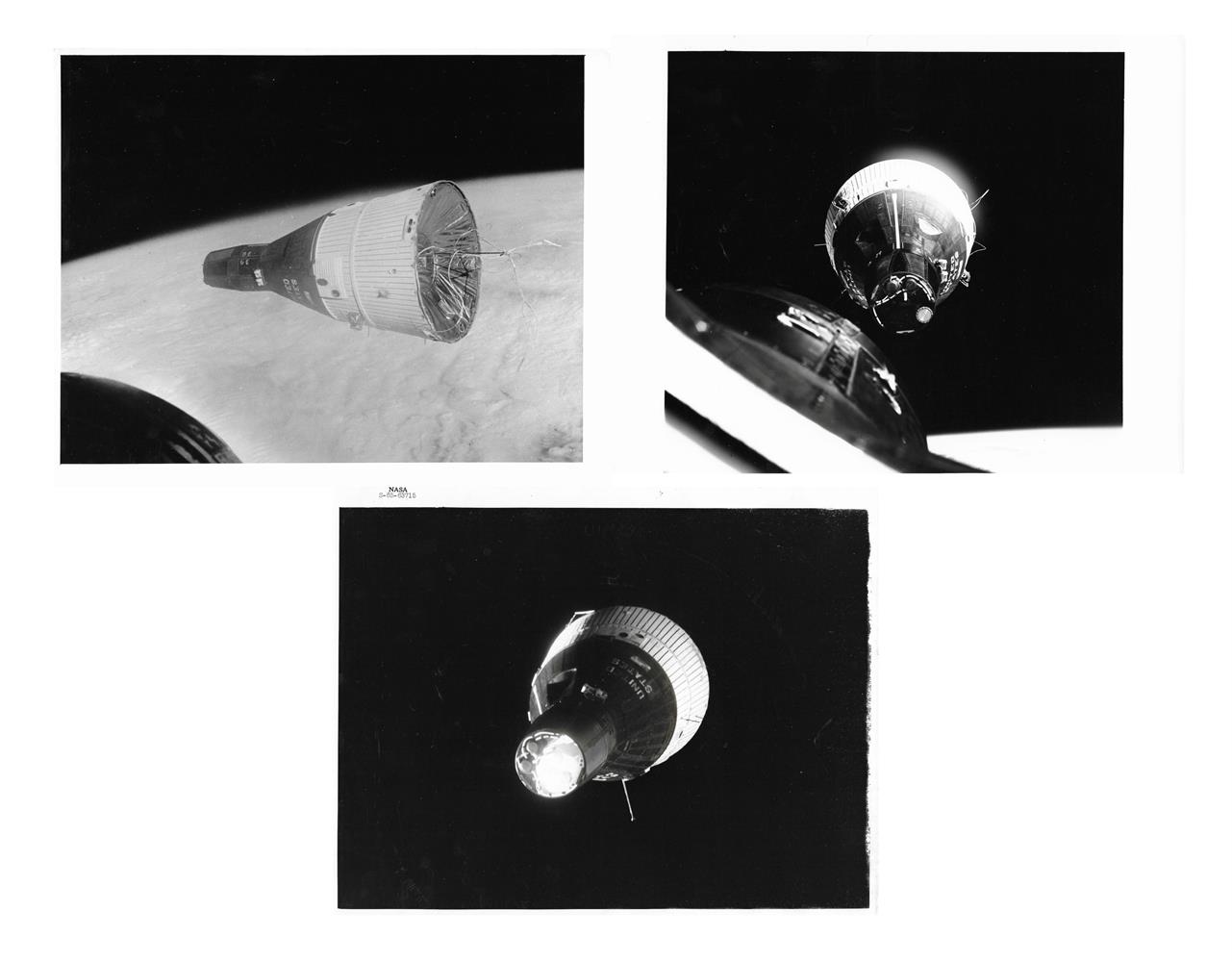
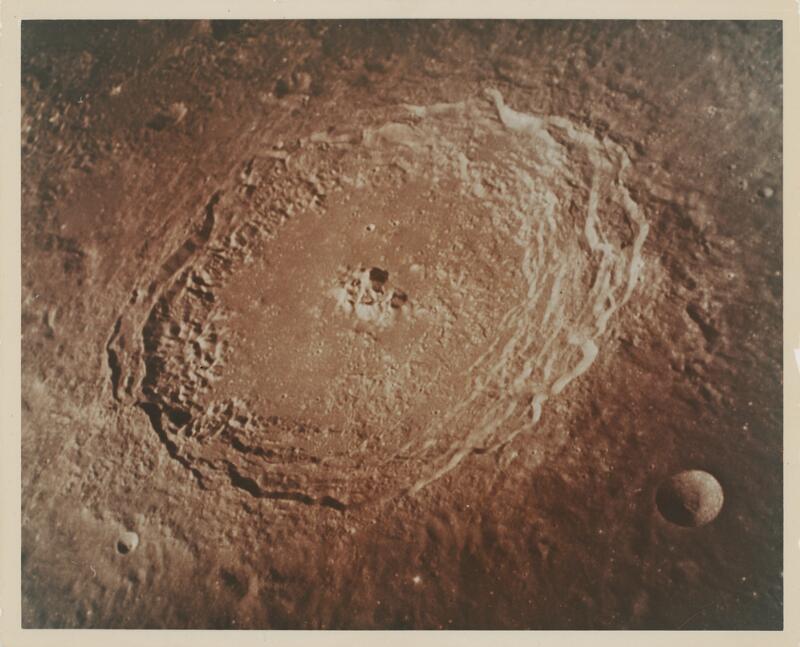

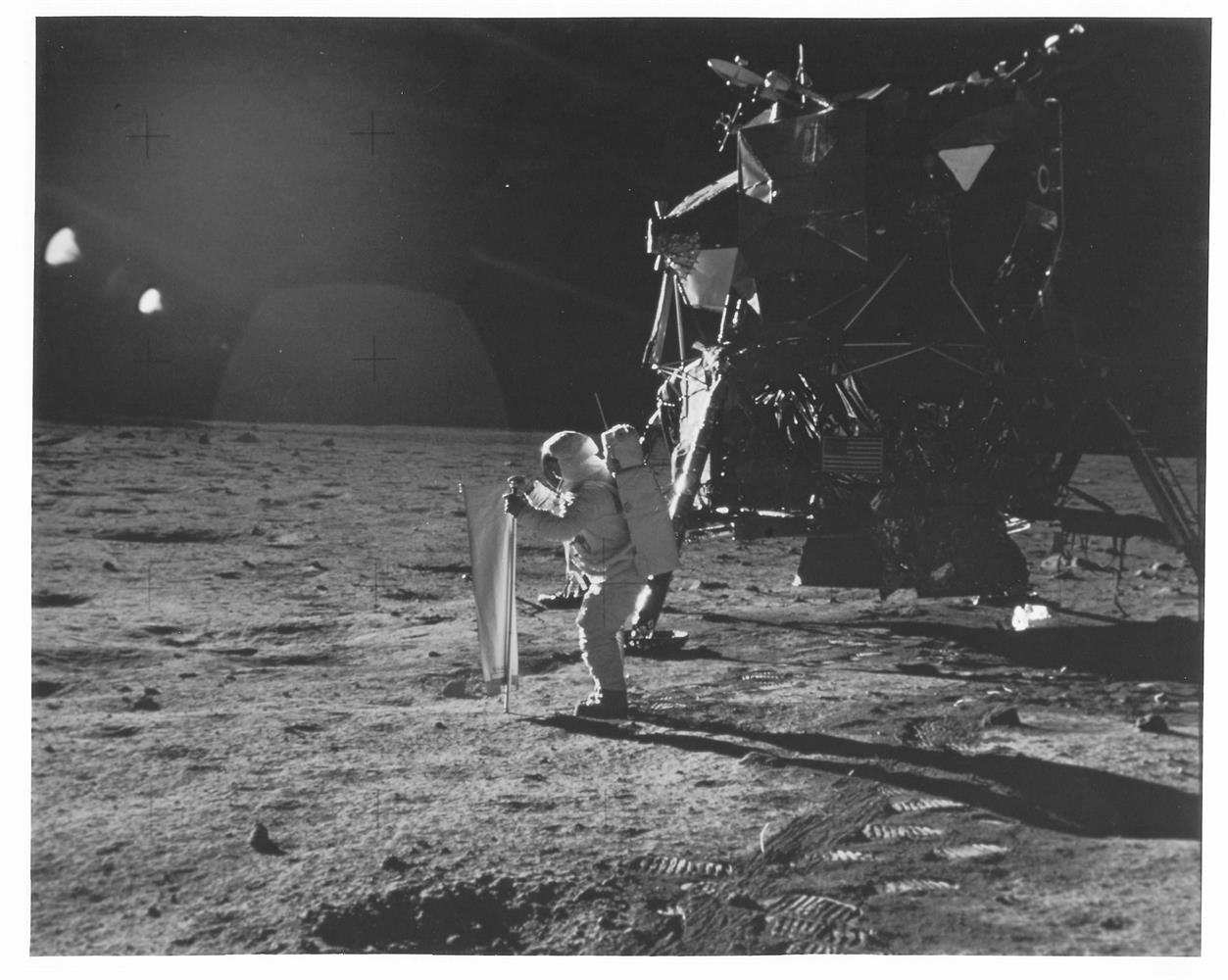
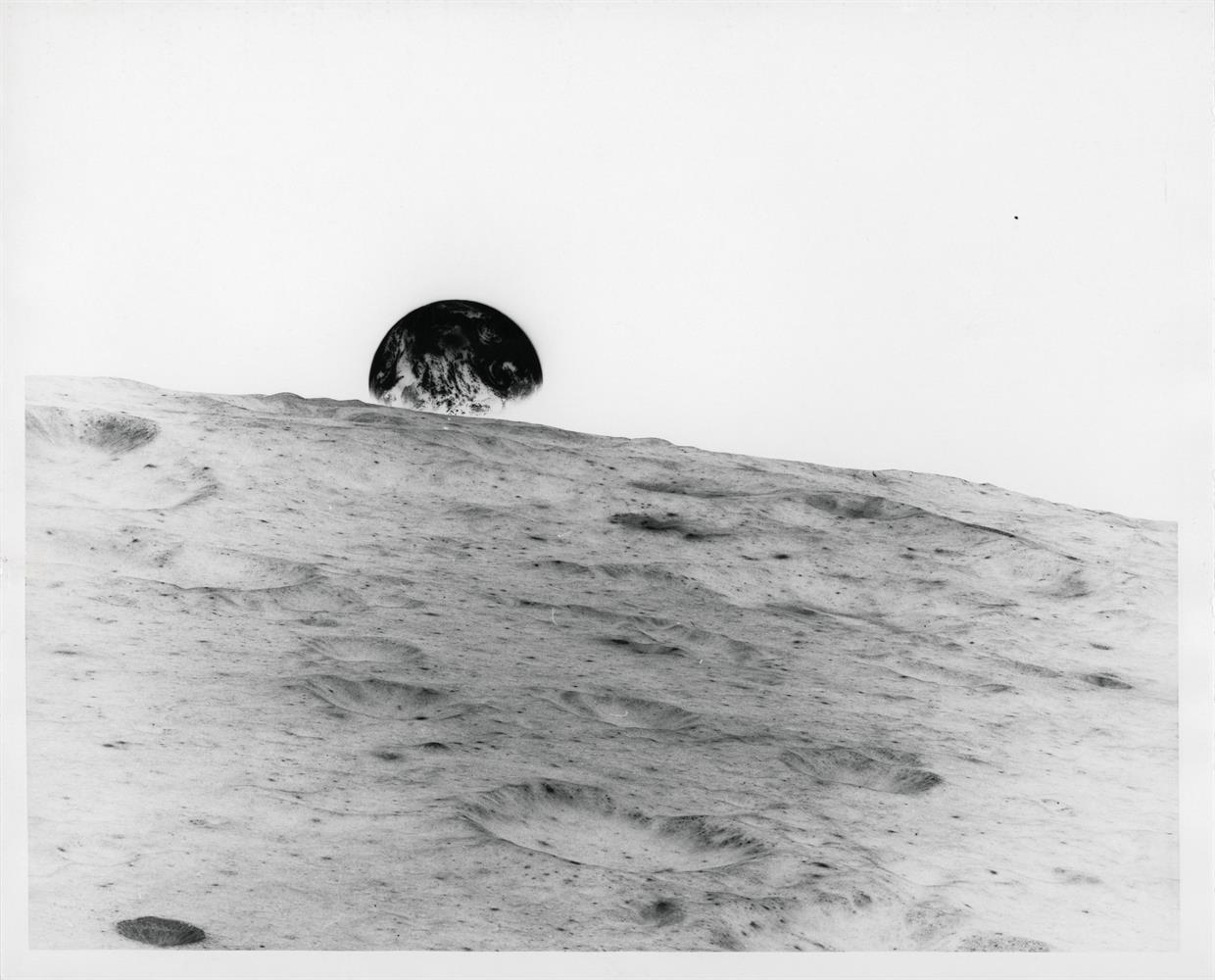
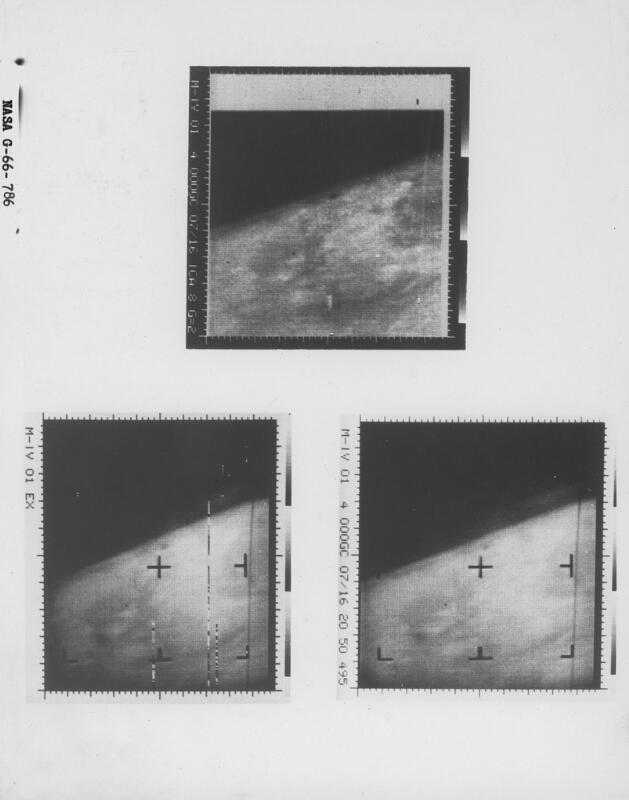
.jpg)

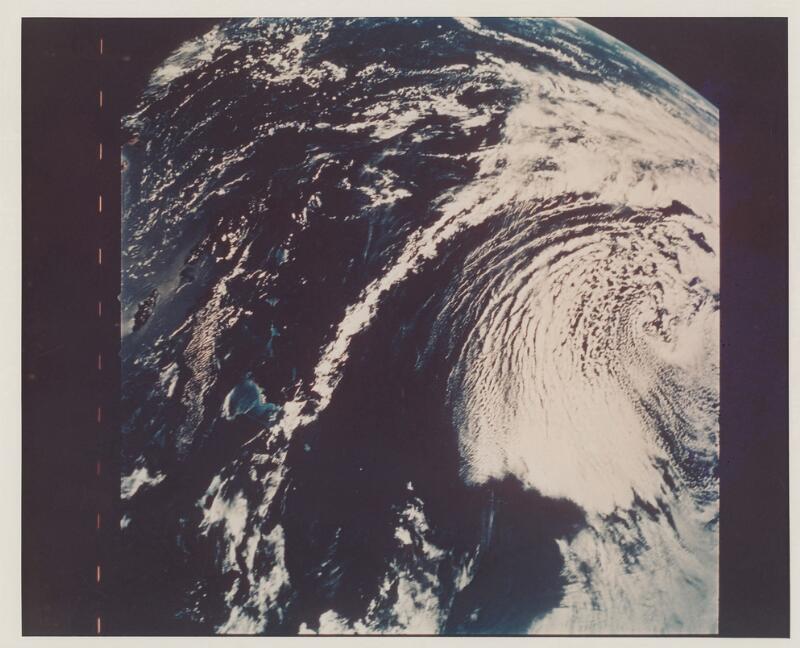
.jpg)
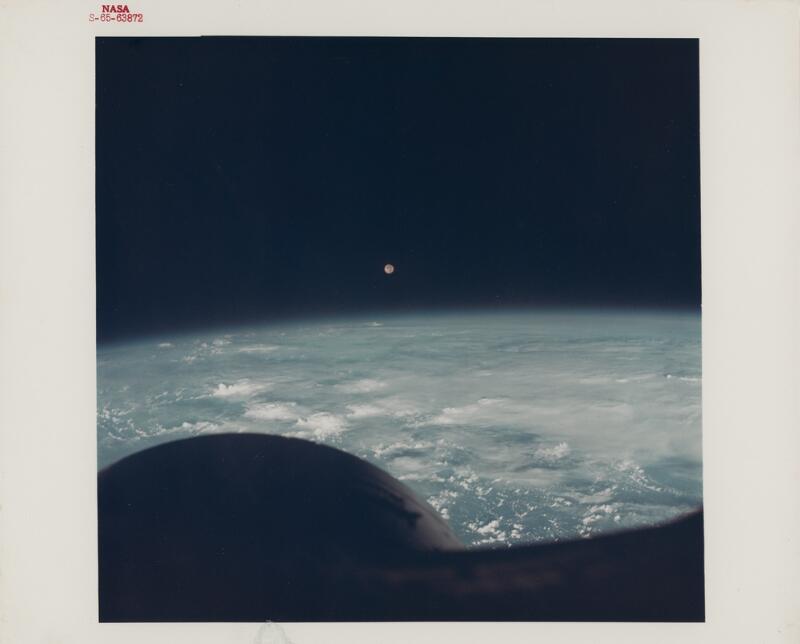
Try LotSearch and its premium features for 7 days - without any costs!
Be notified automatically about new items in upcoming auctions.
Create an alert